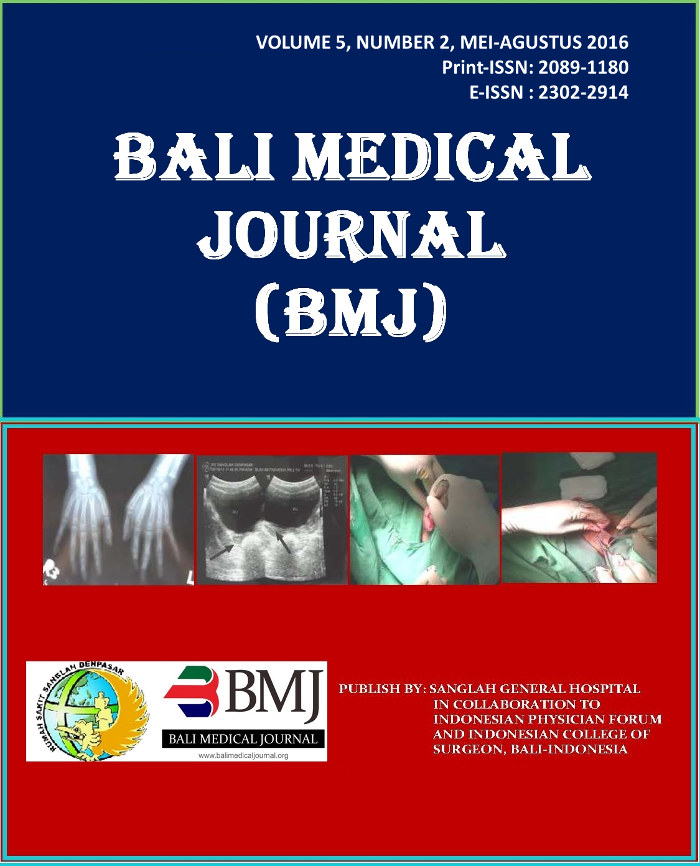Relative Humidity of 40% Inhibiting the Increase of Pulse Rate, Body Temperature, and Blood Lactic Acid During Exercise
Abstract
Background: Excessive sweating of the body is a reaction to decrease the heat caused by prolonged exercise at high relative humidity (RH). This situation may cause an increase in pulse rate (PR), body temperature (BT), and blood lactic acid (BLA) workout. Objective: This study aimed to prove that a RH of 40% better than a RH of 50% and 60% RH in inhibiting the increase of PR, BT, and BLA during exercise. Methods: The study was conducted on 54 samples randomly selected from the IKIP PGRI Bali students. The samples were divided into three groups, and each group was given cycling exercise with a load of 80 Watt for 2 x 30 minutes with rest between sets for five minutes. Group-1 of cycling at 40% of RH, Group-2 at a RH of 50%, and the Group-3 at a RH of 60%. Data PR, BT, and BLA taken before and during exercise. The mean difference between groups before and during exercise were analyzed by One-way Anova and a further test used Least Significant Difference (LSD). Significance used was ? = 0.05. Results: The mean of PR during exercise was significantly different between groups with p = 0.045, the mean of BT during exercises was significantly different between groups with p = 0.006, and the mean of BLA during exercises was significantly different between groups with p = 0.005 (p <0.05). Also found that PR, BT, and BLA during exercise at 40% RH was lower than 50% RH and 60% RH (p <0.05). Conclusion: Thus, the RH of 40% was better than RH of 50% and 60 % in inhibiting the increase of PR, BT, and BLA during exercise. Therefore, when practiced in a closed room is expected at 40% relative humidity.Downloads
Download data is not yet available.
Published
2016-05-14
How to Cite
SANDI, N. et al.
Relative Humidity of 40% Inhibiting the Increase of Pulse Rate, Body Temperature, and Blood Lactic Acid During Exercise.
BALI MEDICAL JOURNAL, [S.l.], v. 5, n. 2, may 2016.
ISSN 2302-2914.
Available at: <https://ojs.unud.ac.id/index.php/bmj/article/view/21801>. Date accessed: 18 apr. 2024.
Issue
Section
Articles
Keywords
relative humidity, pulse rate, body temperature, blood lactic acid.


